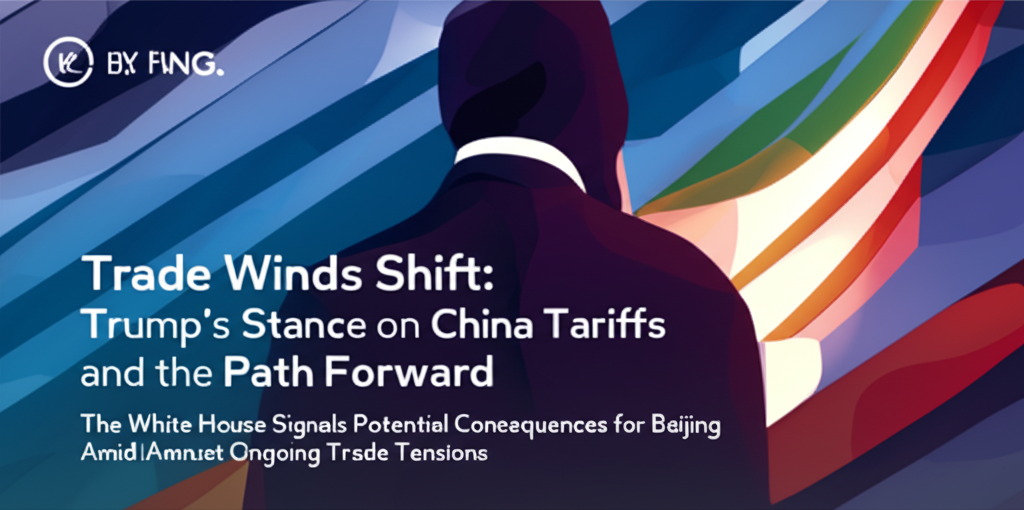Trade Winds Shift: Trump's Stance on China Tariffs and the Path Forward
The White House Signals Potential Consequences for Beijing Amidst Ongoing Trade Tensions

The ongoing trade dynamics between the United States and China remain a central focus, with significant developments emerging from the White House. Former President Donald Trump, while adjusting the implementation of certain reciprocal tariffs, has maintained substantial tariffs on Chinese imports, reaching as high as 145%. This has been met with retaliatory measures from China, imposing tariffs of up to 125% on U.S. goods.
White House Press Secretary Karoline Leavitt commented on the situation, stating that continued retaliatory actions from China would ultimately be detrimental to China's interests. Despite the ongoing friction, Trump remains optimistic about reaching an agreement with China.
During a press briefing on the 11th of the month, questions arose regarding the communication between Trump and Chinese President Xi Jinping. Media outlets inquired why, given Trump's assertions of a good relationship with Xi and willingness to engage in direct dialogue, a call had not been initiated. Leavitt responded by affirming the sincerity of Trump’s statements and highlighting that a willingness from China to engage in negotiations would be viewed as a "gracious" gesture. The White House emphasizes that continued retaliation would not serve China's interests.
Other Versions
Error: All DeepL API keys exceeded 95% usage.
Error: All DeepL API keys exceeded 95% usage.
Error: All DeepL API keys exceeded 95% usage.
Error: All DeepL API keys exceeded 95% usage.
Error: All DeepL API keys exceeded 95% usage.
Error: All DeepL API keys exceeded 95% usage.
Nagbago ang Ihip ng Hangin sa Kalakalan: Ang Paninindigan ni Trump sa Taripa ng China at ang Landas sa Hinaharap
Error: All DeepL API keys exceeded 95% usage.
ลมค้าเปลี่ยนทิศ: จุดยืนของทรัมป์เกี่ยวกับภาษีนำเข้าสินค้าจากจีนและเส้นทางข้างหน้า
Gió mậu dịch đổi hướng: Quan điểm của Trump về thuế quan Trung Quốc và con đường phía trước
